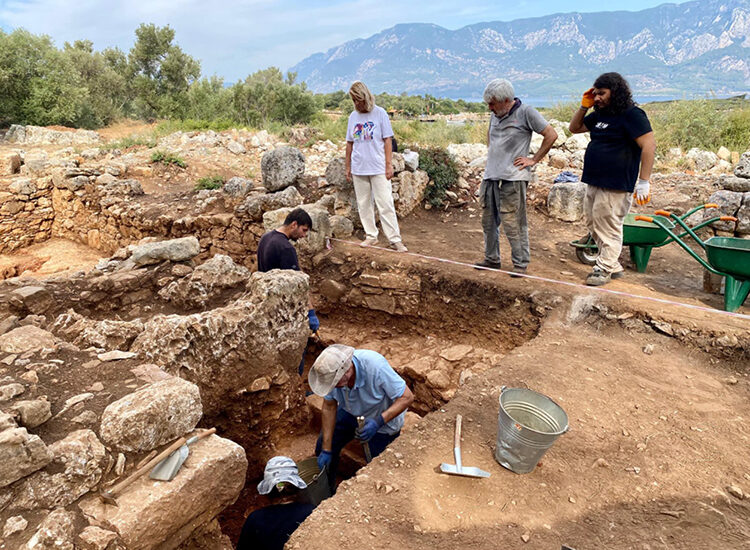
Excavations Begin at Kedrai Ancient City: Sedir Island’s Hidden History Resurfaces
The 2025 archaeological excavation season at Kedrai Ancient City, located on Sedir Island in Muğla’s Marmaris district, will officially begin on June 23. This year’s work will focus on deepening research around the grand basilica and ancient theater.
Sedir Island’s historical treasure Kedrai prepares for a new excavation season
Situated off the coast of Muğla’s Marmaris district, Sedir Island — accessible by boat from Çamlı neighborhood — is preparing for a new season of archaeological discoveries. Known for its stunning nature and mythic Cleopatra Beach, the island is also home to the Kedrai Ancient City, a Dorian settlement dating back to the 6th century BCE.
The 2025 excavations will commence on June 23 under the scope of the Presidential Decree excavation program, supported by the Ministry of Culture and Tourism’s “Heritage for the Future” initiative. This year’s work is once again sponsored by the Marmaris Chamber of Commerce (MTO), with scientific oversight provided by Dr. Sevilay Zeynep Yıldız from the Department of Archaeology at Muğla Sıtkı Koçman University.
Theater, basilica, and city structures under focus
Last year’s excavations unveiled important archaeological features, particularly in the ancient theater, late-period building complex, and eastern hill zones. The 2025 season will expand these efforts.
📣 Our WhatsApp channel is now LIVE! Stay up-to-date with the latest news and updates, just click here to follow us on WhatsApp and never miss a thing!!
A key development this year will be the first-ever excavations in the grand basilica area, offering new insights into the city’s structural layout, religious practices, and daily life.
A statement from the Marmaris Chamber of Commerce emphasized, “Sedir Island, once known solely for Cleopatra Beach, is now emerging as a sustainable historical and natural heritage site, shaping Marmaris’ cultural future.”
Kedrai: An island city of the Dorian League
Founded in the 6th century BCE by Dorian settlers, Kedrai Ancient City was a prominent member of the Dorian Hexapolis, a powerful confederation of six cities in the eastern Aegean region. Located on Sedir Island (also known as Cleopatra Island) off the coast of Marmaris, Muğla, Kedrai held both military and commercial importance due to its strategic maritime location. As part of the ancient cities of Caria, it served as a bridge between the Anatolian mainland and the island cultures of the Aegean.
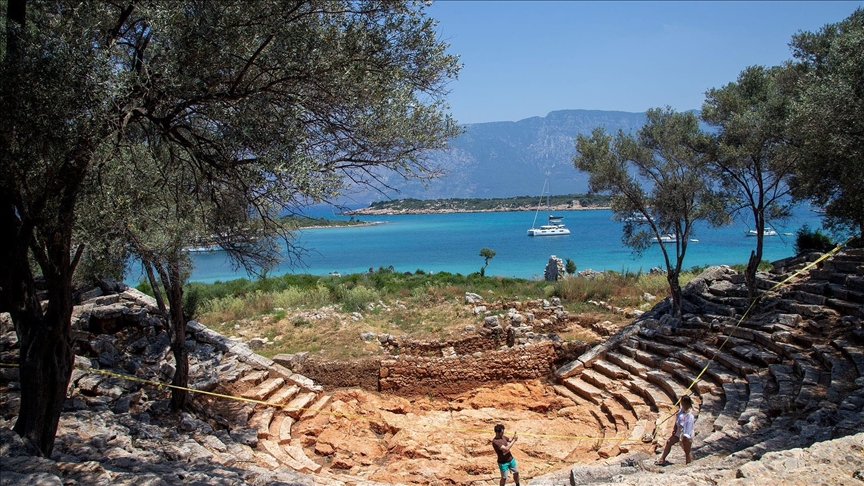
The city’s alignment with Rhodes connected it culturally and politically to one of the ancient world’s most influential maritime powers. Archaeological findings suggest that Kedrai had a well-organized urban structure, public spaces, and sacred areas that reflect both Classical and Hellenistic influences.
During the Roman period, the city continued to flourish, as evidenced by the construction of new civic and religious buildings such as a large basilica, monumental tombs, and smaller churches. These developments point to the city’s gradual transition from pagan traditions to early Christianity, making Kedrai a multi-layered archaeological site with a rich historical timeline.
Today, visitors to Kedrai Ruins on Sedir Island can explore remarkably preserved structures, including an ancient theater, agora, defensive city walls, temple foundations, early Christian basilicas, and a necropolis. The site offers a comprehensive view of daily life, urban planning, and spiritual practices in antiquity.
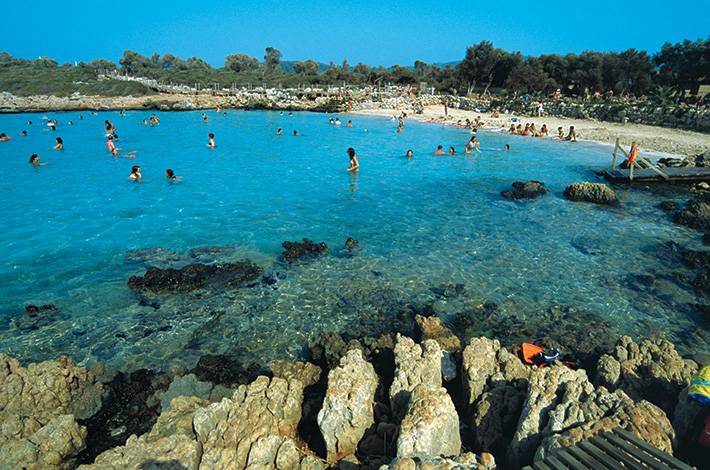
The island is also famous for its ooidal golden sand, a geologically rare feature found only in a few places worldwide. According to legend, this sand was brought from Egypt by Mark Antony as a romantic gesture for Cleopatra, earning the island its popular name. This blend of natural beauty and mythological allure adds a unique layer to Sedir Island’s touristic appeal.
A protected open-air museum open to visitors
Designated as both a 1st-degree archaeological and natural site and part of a Special Environmental Protection Area, Sedir Island welcomes thousands of visitors during the summer months.
The island can be reached via a 20-minute boat trip from Çamlı Pier. Museum passes are accepted, and opening hours during the summer are typically 09:00 to 19:30. Informational boards and guided tours allow visitors to experience both the island’s natural beauty and its rich historical narrative.
You may also like
- A 1700-year-old statue of Pan unearthed during the excavations at Polyeuktos in İstanbul
- The granary was found in the ancient city of Sebaste, founded by the first Roman emperor Augustus
- Donalar Kale Kapı Rock Tomb or Donalar Rock Tomb
- Theater emerges as works continue in ancient city of Perinthos
- Urartian King Argishti’s bronze shield revealed the name of an unknown country
- The religious center of Lycia, the ancient city of Letoon
- Who were the Luwians?
- A new study brings a fresh perspective on the Anatolian origin of the Indo-European languages
- Perhaps the oldest thermal treatment center in the world, which has been in continuous use for 2000 years -Basilica Therma Roman Bath or King’s Daughter-
- The largest synagogue of the ancient world, located in the ancient city of Sardis, is being restored

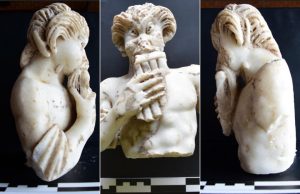
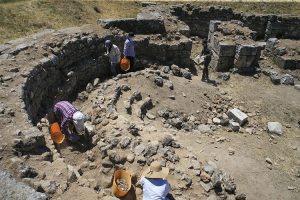
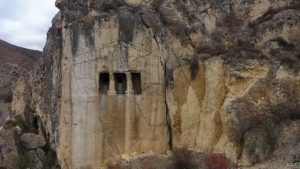
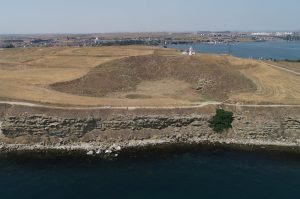
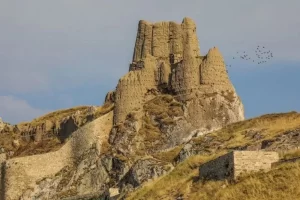
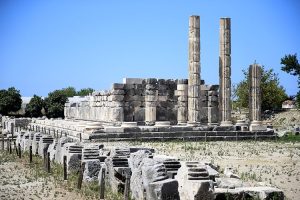


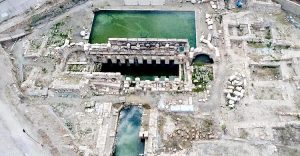
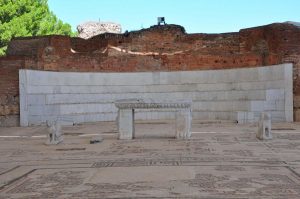
Leave a Reply